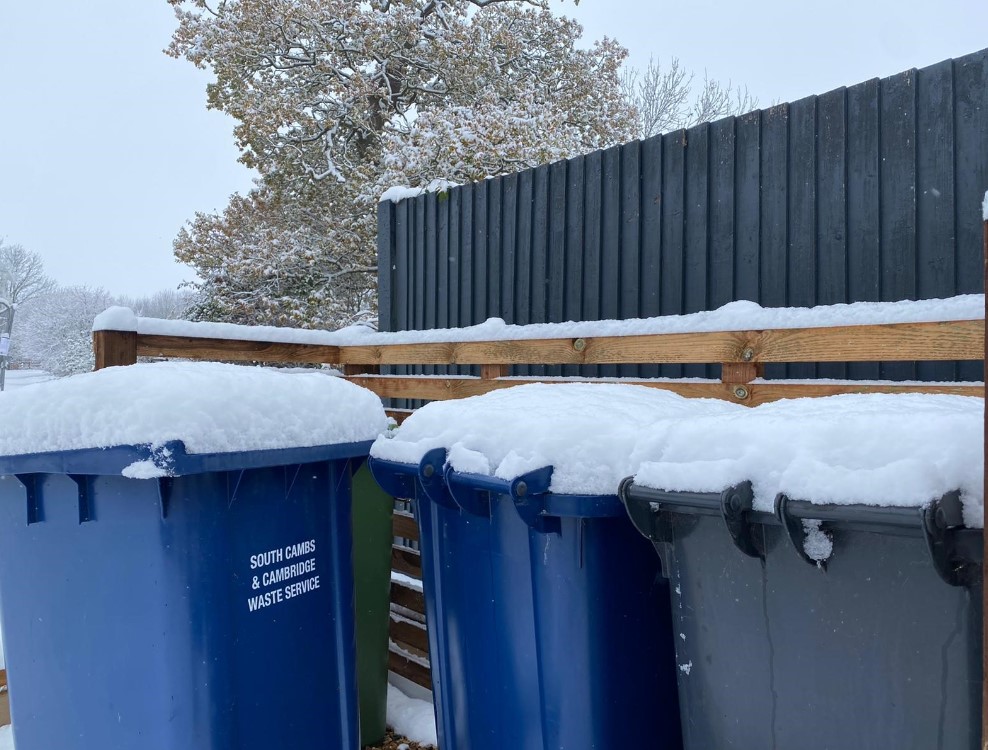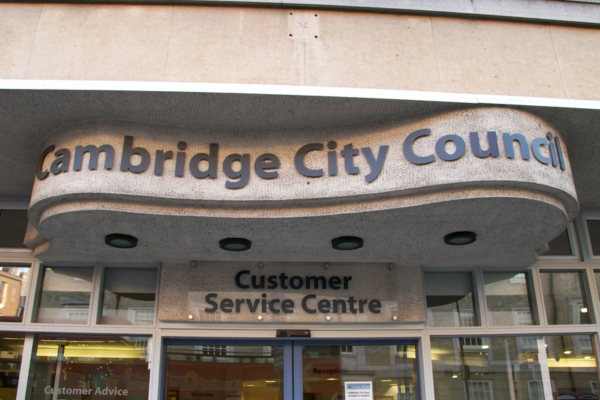We are committed to delivering continued improvements in air quality. Cleaner air will lead to positive health outcomes for residents and visitors to the area.
Greater Cambridge is a major growth area. We expect large-scale development and population increase in the next 10 to 20 years.
Our Greater Cambridge Air Quality Strategy replaces our Air Quality Action Plan. We developed the strategy in partnership with South Cambridgeshire District Council.
The strategy seeks to strike a balance between supporting productivity, economy and prosperity, while continuing to deliver improvements in air quality.
The strategy also lays out our commitment to work towards World Health Organisation (WHO) guidelines and how we hope to achieve this. WHO air quality guidelines are lower than national targets. They are based on evidence linking the concentration of pollutants in the air with adverse effects on health.
We can declare an Air Quality Management Area if certain pollutant levels exceed national targets. We declared one in 2004 due to high levels of nitrogen dioxide, which is primarily attributed to vehicle exhaust emissions. Our action plan detailed measures to reduce nitrogen dioxide in the management area.
Air quality has improved in recent years. This is partly due to older vehicles being replaced, including with low-emission and electric vehicles. Our implementation of measures in the action plan also had an effect. We revoked the management area in 2025, after levels had been below national targets for more than five years.
- Air Quality Management Area map [PDF, 3.5MB]
- Air Quality Management Area revocation order [PDF, 0.1MB] – a scanned copy of the sealed order is available on request
We will continue to monitor pollutant levels to ensure air quality continues to improve. Find out more about air pollution measurements, including our annual status report to Defra.



